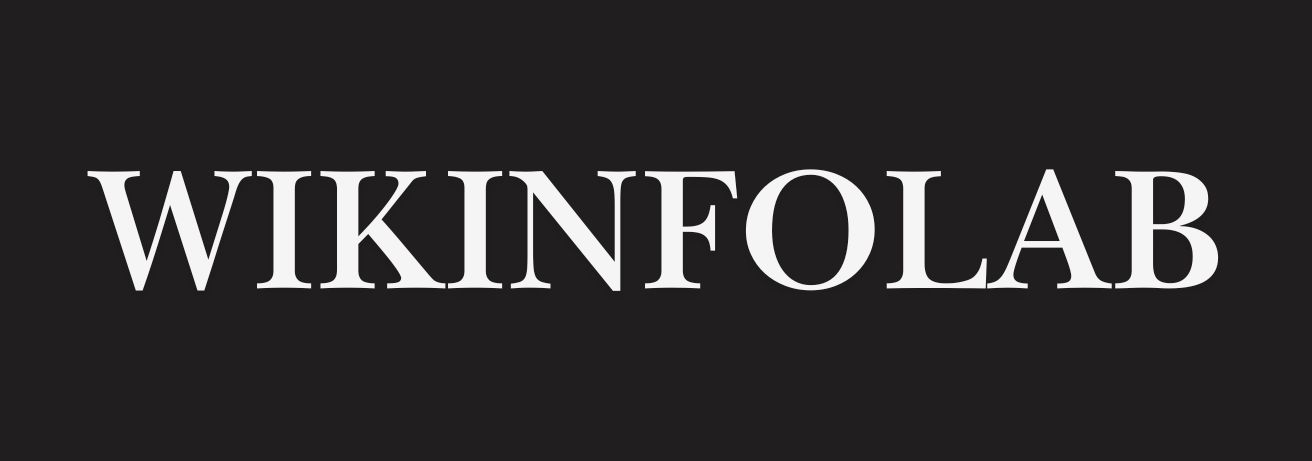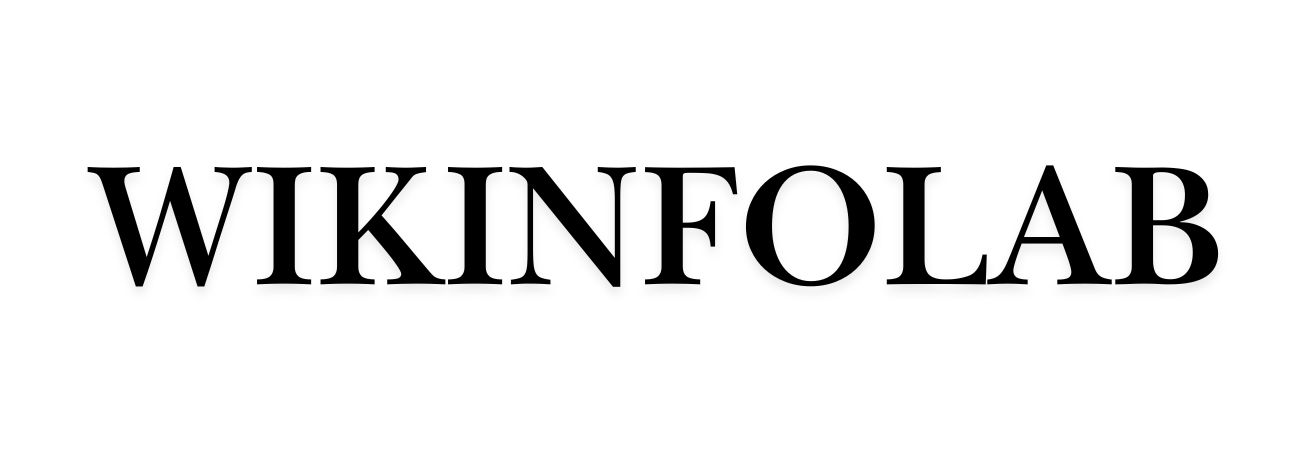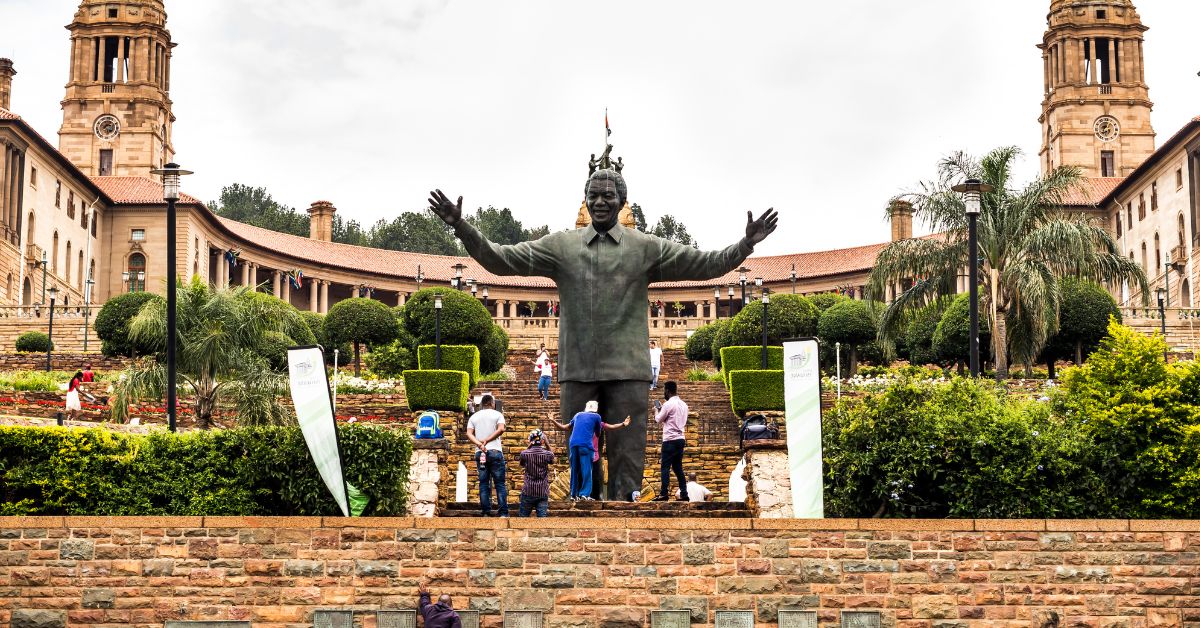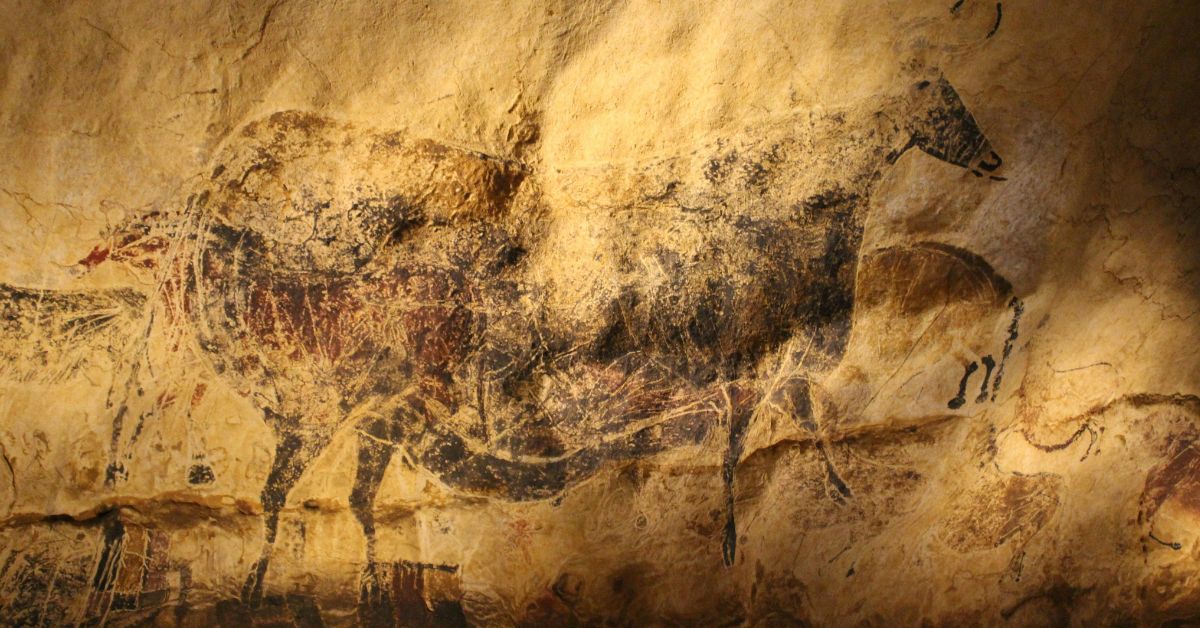Outline
- Why Human Communication Is Our Superpower
- The First Symbols: Hands on Stone, Stories in Smoke
- From Spoken Word to Written Language
- The Printing Press and the Democratization of Thought
- Digital Communication and the Rise of the Emoji
- The Language of Connection, Then and Now
- FAQs
Why Human Communication Is Our Superpower
Fire, tools, opposable thumbs—all impressive. But humanity’s true evolutionary advantage is something else entirely: our ability to communicate across time and space.
Language isn’t just how we speak. It’s how we transfer consciousness, build trust, imagine futures, and preserve memory. It’s how we shape culture and pass it forward.
And like everything alive, communication has evolved—messy, miraculous, unpredictable. From pigment on rock walls to blinking pixels on a screen, every phase has expanded what it means to be understood.
The First Symbols: Hands on Stone, Stories in Smoke
Tens of thousands of years ago, long before alphabets, humans left their first messages—not in words, but in symbols. Red ochre hands stenciled on cave walls. Hunting scenes drawn with charcoal and care. Dots, spirals, and lines whose meaning we still puzzle over.
These weren’t decorations. They were early languages—attempts to make the internal external. To remember. To teach. To say: I was here. This mattered.
Some scholars believe these cave paintings marked the first sparks of shared myth, identity, and even religious thought. A kind of silent conversation, reaching forward through millennia.
Smoke signals, drum patterns, and carvings in bone—each was a way to bridge distance, to thread minds together before the written word arrived.
From Spoken Word to Written Language
For most of human history, communication was oral. Knowledge passed through voice, gesture, and memory. Stories were braided into song and poem to make them easier to carry—and harder to forget.
Then came writing.
From Sumerian cuneiform to Egyptian hieroglyphs, humans began to capture speech on clay and stone. With writing came a new power: permanence. No longer bound to time or location, knowledge could travel. Kings could decree. Priests could preserve. Traders could record.
Written language was a revolution—not just of record-keeping, but of the mind. As thought moved from sound to symbol, we learned to reason, argue, reflect in new ways. Writing, as philosopher Walter Ong put it, “restructured consciousness.”
The Printing Press and the Democratization of Thought
In 1440, Gutenberg’s invention of the printing press shattered the barriers between knowledge and the masses. Before that, books were rare, expensive, and often sacred. Afterward, information multiplied—and with it, new voices.
Ideas now had legs. They moved across borders. They sparked revolutions, fueled reformation, shaped science, and gave rise to newspapers, novels, and literacy at scale.
Communication became mass communication. And with every new channel—radio, telephone, television—the world got smaller, faster, louder.
Still, the impulse remained the same: to connect, to share, to mean.
Digital Communication and the Rise of the Emoji
The internet didn’t just transform communication—it rewired it. Emails, texts, tweets, comments—millions of words sent every second. Shorter. Faster. More visual. More personal.
But something unexpected happened: as our language got more efficient, we began reintroducing symbols. The emoji, born in Japan in the late 1990s, has become the digital cave painting of our age.
Where text lacks tone, emojis offer nuance. A single heart or side-eye can say what paragraphs can’t. They are emotional shortcuts—primitive, playful, powerful.
We’re not regressing—we’re evolving again. Back to a language that blends the verbal and the visual. From hieroglyph to hashtag, cave art to canvas of screens, we are always inventing new ways to say: This is how I feel. This is who I am.
The Language of Connection, Then and Now
The history of human communication is not a straight line. It’s a spiral—repeating, reshaping, remembering. We began with stories etched in stone. Now we share them in pixels and soundbites. But the heart of it hasn’t changed.
We want to be understood.
Every gesture, every post, every whispered word is a thread in the same ancient web. A desire to bridge the silence between us. To leave behind something meaningful. To be known.
So whether you write novels or send voice notes, whether you use emojis or ink, remember: you are part of a tradition that is vast, vital, and deeply human.
Communication is not just how we share information.
It’s how we create each other.
FAQs
Are emojis really part of the evolution of language?
Yes. Emojis act as a kind of paralinguistic tool, adding emotional clarity to digital text. Like punctuation or facial expressions, they help convey tone and intent.
Is oral communication still relevant today?
Absolutely. Podcasts, voice notes, and video calls prove that spoken language is thriving—especially in digital spaces where nuance and emotion matter.
What’s next for human communication?
Experts point to augmented reality, brain-computer interfaces, and AI-generated language. But the core goal remains the same: to feel connected, seen, and understood—whatever the medium.









